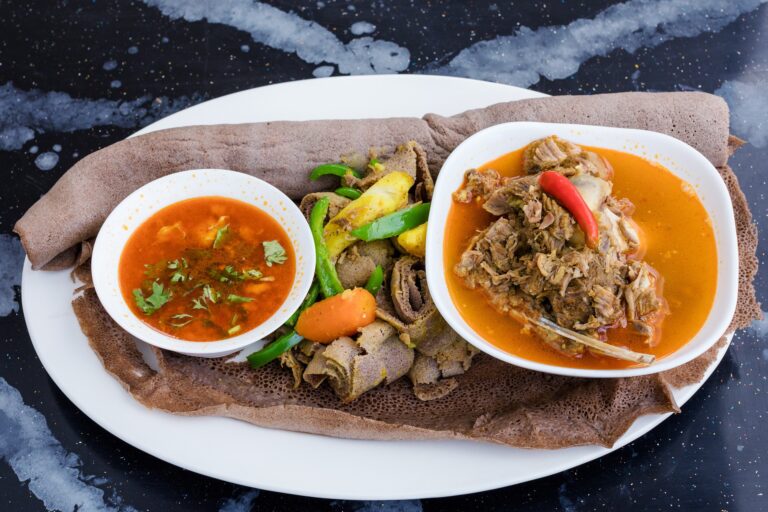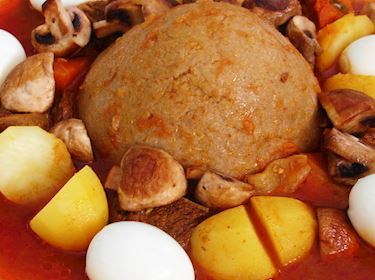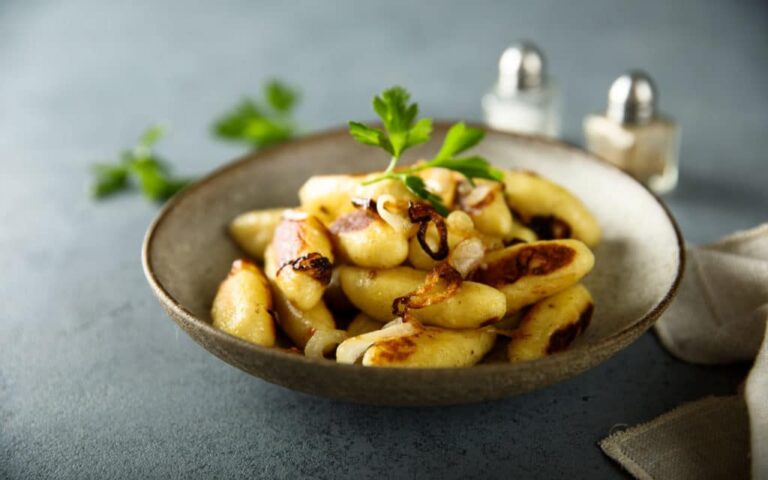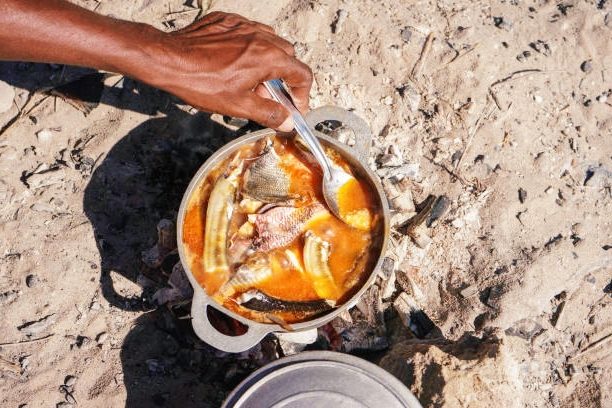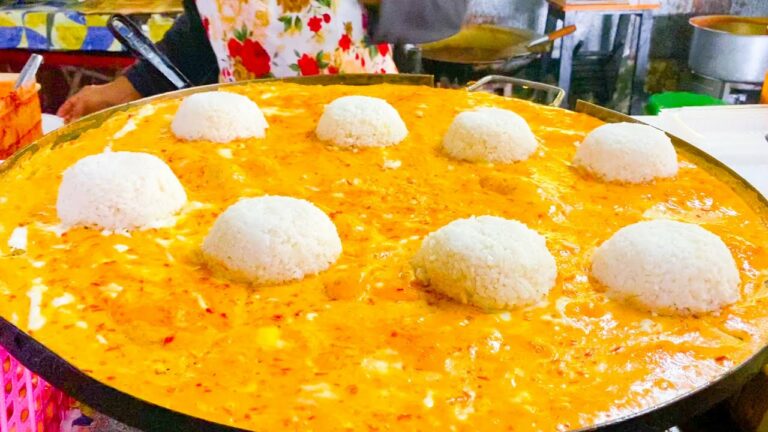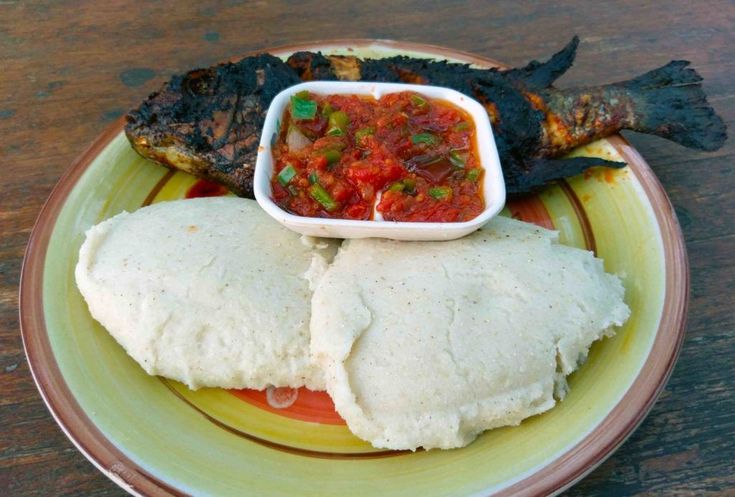Introduction: Lebanese cuisine beyond the classics
When it comes to Lebanese cuisine, most people are familiar with the classic dishes such as hummus, tabbouleh, and shawarma. However, Lebanese cuisine offers a wide range of lesser-known regional dishes and ingredients that are worth exploring. From the raw meat dish Kibbeh Nayeh to the fermented yogurt and wheat Kishk, the diversity of Lebanese cuisine reflects the country’s rich cultural heritage and culinary traditions.
Kibbeh Nayeh: a raw meat dish from the North
Kibbeh Nayeh is a raw meat dish that is popular in the Northern regions of Lebanon. It is made of finely minced raw meat, usually beef or lamb, mixed with bulgur and spices such as onion, mint, and allspice. The mixture is then formed into a ball or a patty and served with a side of fresh vegetables and pita bread. Kibbeh Nayeh is a delicacy that requires the freshest ingredients and careful preparation, making it a special treat for meat lovers.
Tabbouleh variations: the Bekaa Valley twist
Tabbouleh is a classic Lebanese salad made of parsley, tomatoes, onions, and bulgur, dressed with olive oil and lemon juice. However, in the Bekaa Valley region, Tabbouleh is often made with a twist. Instead of parsley, wild greens such as purslane and mallow are used, and the bulgur is replaced with crushed wheat. The result is a salad that is slightly tangy and earthy, with a crunchier texture than the classic version. Tabbouleh variations in the Bekaa Valley reflect the region’s agricultural traditions and the use of local ingredients.
Mloukhieh: a regional green stew with a kick
Mloukhieh is a regional green stew that is popular in the Levantine countries, including Lebanon. It is made of Mloukhieh leaves, also known as Jute leaves, which are cooked with chicken or lamb broth, garlic, and coriander. The stew is thickened with a mixture of coriander, garlic, and lemon juice and served with rice or bread. Mloukhieh has a distinct flavor that is slightly bitter and earthy, with a kick of garlic and coriander that makes it a comforting and satisfying dish.
Kishk: fermented yogurt and wheat from the mountains
Kishk is a traditional Lebanese ingredient that is made of fermented yogurt and wheat. It is a staple food in the mountain regions of Lebanon, where it is used in soups, stews, and dips. Kishk is made by mixing yogurt and bulgur wheat and letting it ferment for several days. The mixture is then dried and ground into a powder that can be stored for months. Kishk has a tangy and slightly sour flavor that adds depth and complexity to dishes.
Osban: lamb intestines stuffed with rice in the South
Osban is a regional dish that is popular in the Southern regions of Lebanon. It is made of lamb intestines that are cleaned, stuffed with a mixture of rice, spices, and sometimes meat, and then cooked in a tomato-based sauce. Osban is a hearty and flavorful dish that requires skill and patience to prepare. It reflects the region’s love for meat and the use of offal and other lesser-known cuts in traditional cuisine.
In conclusion, Lebanese cuisine offers a wealth of regional dishes and ingredients that are worth exploring. From the raw meat dish Kibbeh Nayeh to the fermented yogurt and wheat Kishk, these lesser-known dishes reflect the diversity and richness of Lebanese culinary traditions. Whether you are a food enthusiast or a curious traveler, these regional specialties are a must-try for anyone looking to discover the authentic flavors of Lebanon.


